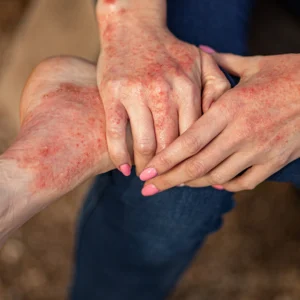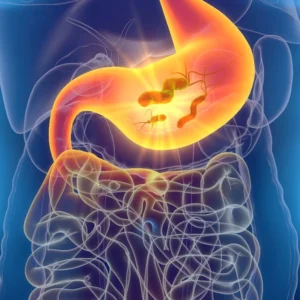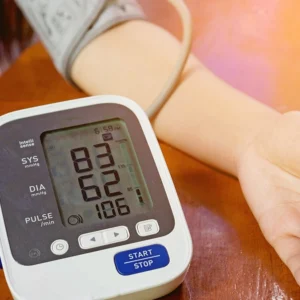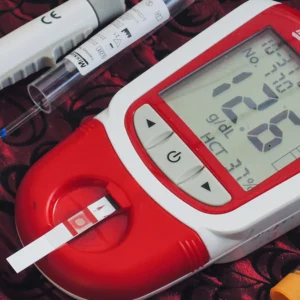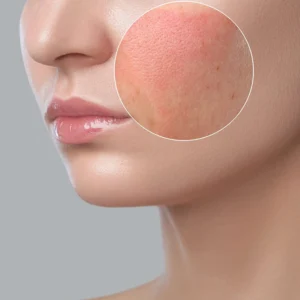A tick bite itself almost poses no harm to humans. The greatest danger comes from the diseases the insect can transmit, so it is essential to know what a tick bite looks like and what to do first.
Why a Tick Bite Is Dangerous
The danger of a tick bite lies in the arthropod’s ability to transmit various diseases such as tick-borne typhus, tularemia, babesiosis, hemorrhagic fever, and more. The most dangerous among them are Lyme disease and tick-borne encephalitis.
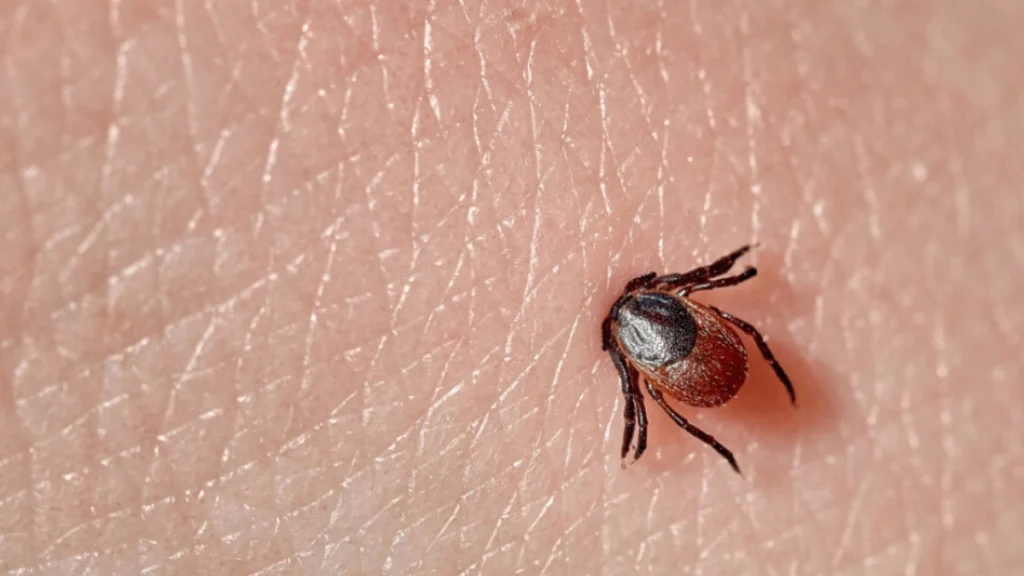
Lyme disease is a serious condition caused by the bacterium Borrelia burgdorferi. Early symptoms may include rash, fatigue, headache, and muscle and joint pain. It can later lead to inflammation of the heart and joints. As for the encephalitis virus, it can cause inflammation of the brain and spinal cord. In some cases, this disease can lead to severe complications, including paralysis and death.
What a Tick Bite Looks Like: Main Symptoms
A tick is very small and can be difficult to notice. It’s almost impossible to feel its bite immediately. To avoid severe consequences, you need to know what a tick bite looks like and what symptoms might occur:
- Red Mark. The bite area appears as a small red or pink spot with a black dot in the center.
- Rash. In some cases, a rash may appear, resembling pimples from insect bites or an allergic reaction.
- Burning and Itching. This is not always a symptom, but the area should be thoroughly examined, especially if you have been in a park or nature.
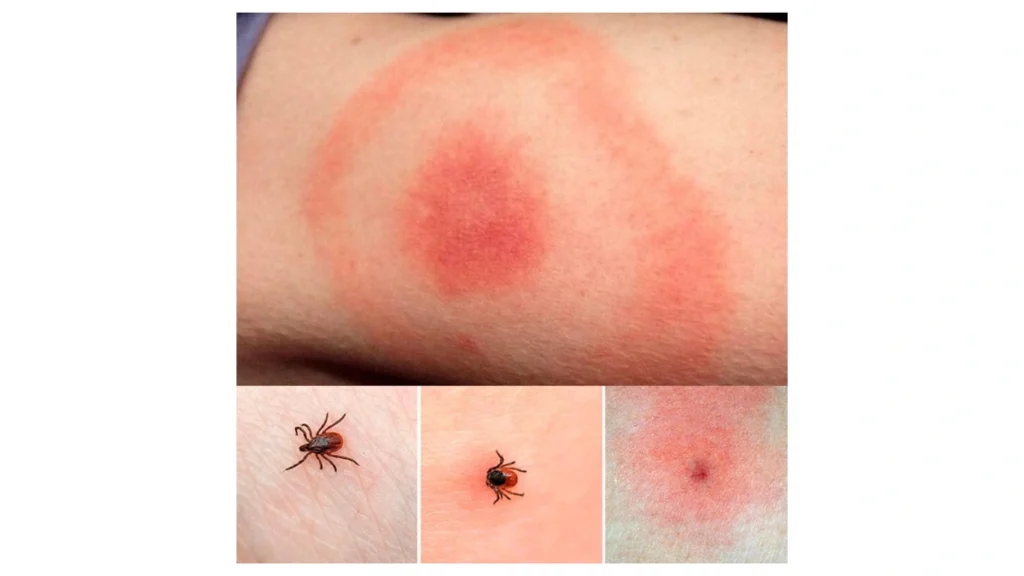
Symptoms can appear several hours or days after the bite, so it’s important to know what a tick bite looks like. If you notice the insect on your skin and are sure it has bitten you, it is crucial to act immediately. Ideally, you should consult a doctor as soon as possible, but if you are in nature, you should not waste time. The tick should be removed with tweezers, grabbing it as close to the skin as possible, and then treat the wound with an antiseptic.
How to Remove a Tick Yourself
Knowing what a tick bite looks like, you should also remember how to remove it yourself, as situations can vary. Removal is quite simple, but it is important to follow certain steps to avoid leaving parts of the arthropod in the skin or transmitting infections:
- Prepare Tools. You will need fine-tipped tweezers or a special tick removal tool (available at pharmacies).
- Carefully Grasp the Tick. Use tweezers to grab the tick as close to the skin as possible. Try not to squeeze its body to avoid releasing the infection into your bloodstream.
- Slowly and Carefully Pull Out the Tick. Gently rotate while pulling. Avoid jerking movements, as this can tear the body.
- Treat the Bite Area. After removing the tick, treat the bite area with an antiseptic to prevent infection.
- Monitor Symptoms. Pay attention to any redness, itching, or swelling. If these occur, consult a doctor as soon as possible.
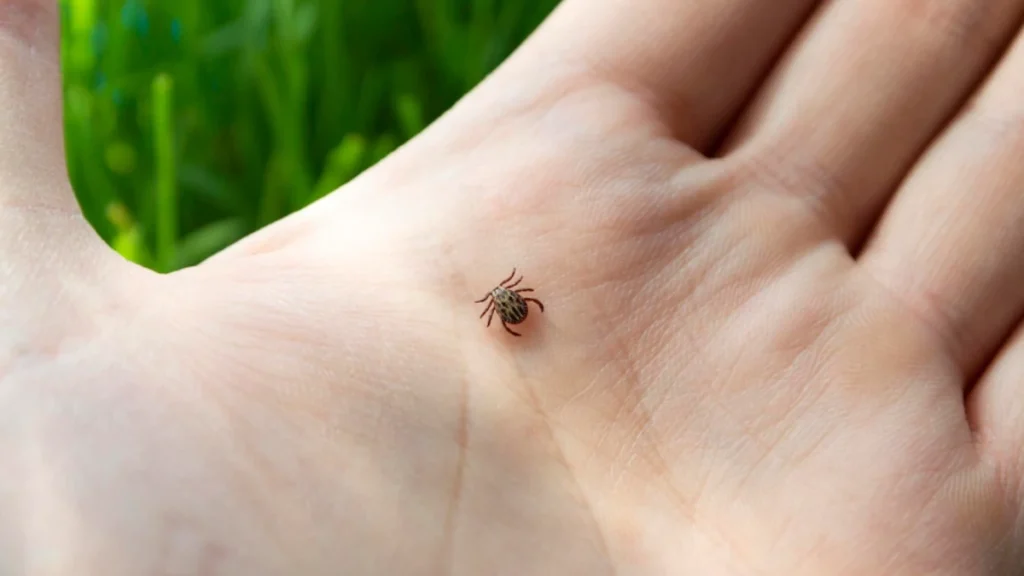
Removing the tick does not guarantee the absence of infection. Therefore, it is important to monitor your health after the bite and see a doctor if necessary.
Video: A Simple Way to Remove a Tick
YouTube users have shared an effective way to remove a tick that has bitten. We believe this method is worth trying if you find a parasite on your body.
How to Protect Yourself from Tick Bites
To protect yourself from these dangerous parasites, you should follow certain rules when in nature, especially in the forest:
- Wear Protective Clothing. Long pants and long-sleeved shirts, closed shoes, and high socks will help prevent ticks from reaching your skin.
- Use Repellents. Tick repellents contain substances that deter these parasites. They can be applied to the skin and clothing before going outside. Insecticide-based products can be used to treat clothing.
- Check Clothes and Skin. After being outdoors, especially for children and pets.
- Avoid Tall Grass and Bushes. Carefully avoid areas with tall grass where ticks may be waiting for potential hosts.
These measures significantly reduce the risk of tick bites and the diseases they can transmit. If you plan to visit areas where you may encounter these arthropods, be vigilant and take safety measures. Also, remember what a tick bite looks like to take prompt action.
FAQ
It usually appears as a small pink or red spot on the skin with a black dot in the center.
If possible, seek medical attention immediately. If not, carefully remove the parasite and treat the bite area.
First, there is redness and itching. The overall condition may also deteriorate.
In nature, wear clothes that cover the body and use repellents.






